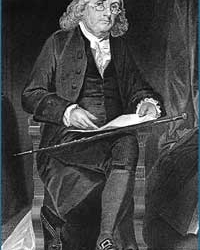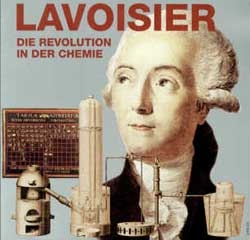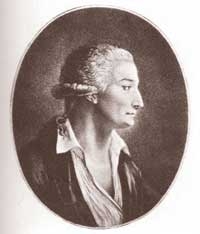From a maid to a renowned astronomer, Williamina Fleming inspired many generations of women in the field of science.
Williamina Fleming’s work at the Harvard College Observatory laid the foundation for star classification systems and led to the discovery of numerous celestial bodies. Notably, her determination and talent, rising from a maid to a famous astronomer, have motivated many generations of women in the sciences.
A Surprising Turn of Events
Williamina Paton Stevens Fleming was born on May 15, 1857, in Dundee, Scotland, into a family with six children. Her mother, Mary Walker, was a homemaker, while her father, Robert Stevens, was a woodcarver and gilder.
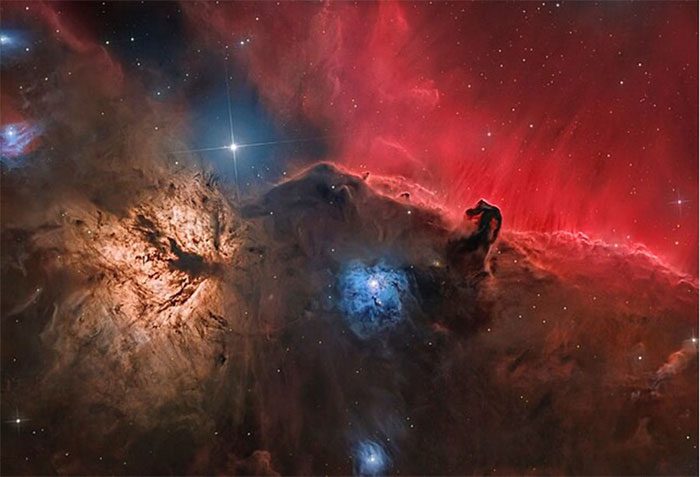
The Horsehead Nebula – a significant discovery by Williamina Fleming.
As a smart girl, Fleming worked as a student teacher at a local school at the age of 14. At 20, she made one of the biggest mistakes of her life by marrying James Orr Fleming, a widowed accountant.
With him, she had a son, Edward P. Fleming. A year after their marriage, the couple left Scotland and moved to the United States, settling in Boston, Massachusetts. Less than a year later, James abandoned his wife and son, leaving Fleming, who was now only 21 years old, to fend for herself and her young child.
Initially, Fleming worked as a housemaid for Edward Charles Pickering – Director of the Harvard College Observatory (HCO). Pickering’s wife quickly noticed something special about this young maid and suggested her husband find Fleming a more suitable job. In 1879, Pickering helped her secure a part-time position at his observatory.
Though this was not an attractive position, Fleming dedicated herself to the work, and her intelligence began to shine. In 1881, Pickering offered the former maid a formal position at HCO. He taught her how to analyze stellar spectra and invited her to join his newly formed group of Harvard Computers.
This was an all-female team specializing in calculations and complex equations before the advent of electronic computers. They were tasked with performing difficult computations and editing the observatory’s publications. At this point, Fleming officially stepped into the realm of science.
The Path to Science
Fleming’s next opportunity arose in 1886, when the wealthy widow of astronomer Henry Draper, Mary Anna Draper, established the Henry Draper Memorial Fund to finance research at HCO. This event led Pickering to initiate the Henry Draper Catalog, an ambitious project aimed at collecting spectra from as many stars as possible and subsequently indexing and classifying them.
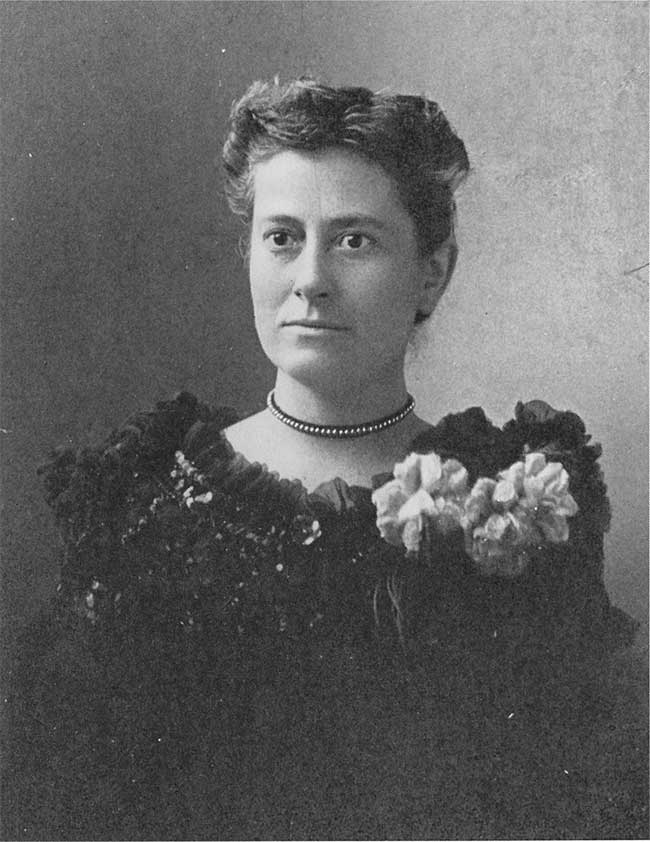
Williamina Fleming (1857 – 1911).
With diligence and a keen eye, she excelled in this role, being put in charge of the entire project and becoming the supervisor of the observatory’s female assistants, often referred to as “Pickering’s Harem.” Under her leadership, the team made significant advances in classifying stars, identifying variable stars, and cataloging nebulae.
When the first catalog was published in 1890, it included 10,000 stars that Fleming’s team had cataloged, most of which she had compiled. Eight years later, she was appointed as the Curator of Astronomical Photographs, a position that no woman had held before. Fleming made many important discoveries, including cataloging over 10,000 stars, discovering a total of 59 gaseous nebulae, over 310 variable stars, and 10 new stars.
However, her most famous discovery came in 1888 when she identified the Horsehead Nebula in the constellation Orion from a plate taken by Pickering’s brother.
Sadly, Fleming’s name was omitted from the first Draper Index Catalog, and Pickering received all the credit. However, by the time the second catalog was published in 1908, Fleming and her team had gained enough recognition to be acknowledged.
Fleming is also credited with discovering the first white dwarf star, 40 Eridani B, in 1910. This groundbreaking discovery is significant as white dwarfs represent a critical stage in the lifecycle of stars and provide valuable insights into their evolutionary processes.
From humble beginnings as a housemaid to significant contributions as an astronomer, Fleming overcame social and personal obstacles to make lasting contributions to the field of astronomy.
Her work in star classification, discovery of celestial bodies, and leadership at the Harvard Observatory greatly enhanced our understanding of the universe.
| Williamina Fleming became a U.S. citizen in 1907 and continued her astronomical research until she passed away from pneumonia on May 21, 1911. Throughout her career, she received numerous accolades from astronomical societies in the U.S., UK, France, and more. In a world still heavily biased towards men, Williamina Fleming overcame many obstacles and achieved considerable success in the sciences. She serves as a shining example for researchers and the scientific community alike. |








































